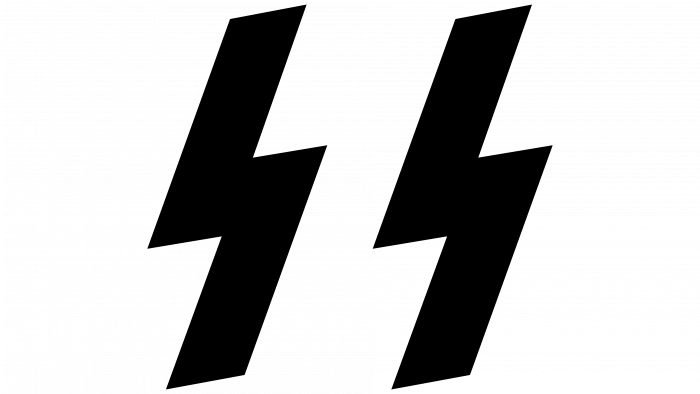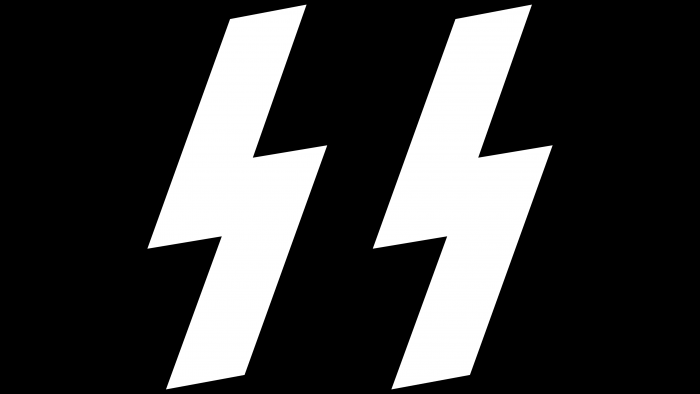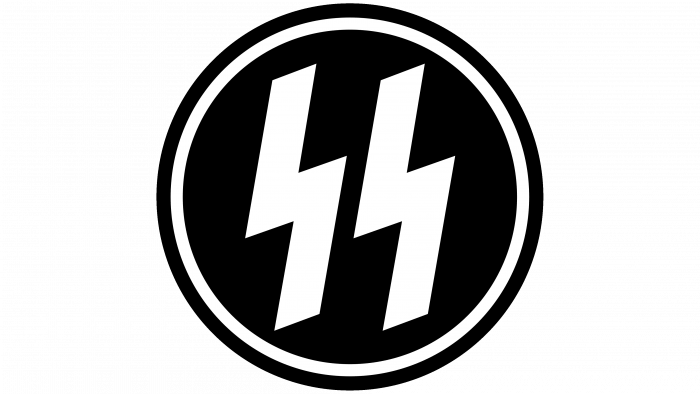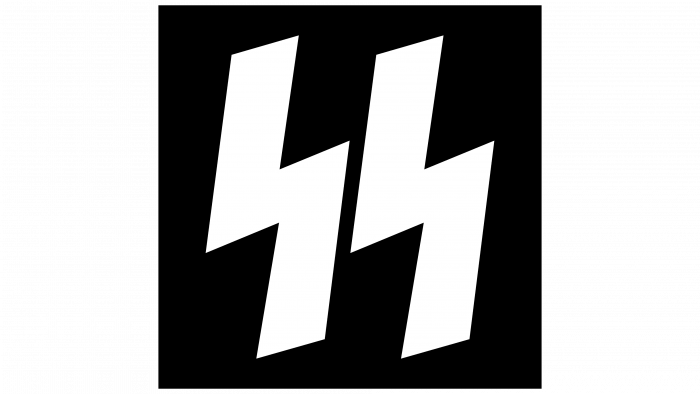The readiness to punish the apostate is encoded in the emblem. The SS logo is a tribute to strictness, order, and precise execution of orders. The main task of the military structure is to protect the regime and create a “better” world. Therefore, the symbols are so strong and strong, like pillars.
SS: Brand overview
| Founded: | 4 April 1925 – 8 May 1945 |
| Headquarters: | Germany |
Meaning and History
The beginning of this military structure was laid by a security and assault unit called Saal-Schutz, which monitored the security of party meetings held in Munich. It was a small formation made up of party volunteers from the NSDAP. In 1925, the detachment was led by Heinrich Himmler. He turned it into a paramilitary organization during the Weimar Republic. From the moment it came to the leadership of the Nazi Party until its collapse, the SS was considered key surveillance and terrorist group in all occupied corners of Europe.
The two base agencies of this structure were the Waffen-SS (Armed SS) and Allgemeine SS (General SS). The former included Nazi Germany’s fighting squads, while the latter controlled its racial politics. The scheme also included SS-Totenkopfverbände (SS-TV or Death’s Head Units), which oversaw the concentration camps. There were also additional divisions – Sicherheitsdienst and Gestapo. They were engaged in identifying real and potential enemies of the Nazis, suppressed the opposition, watched over their people, provided support for Nazi ideology, conducted external and internal intelligence, as well as punitive operations. The entire enemy structure was personally subordinate to Adolf Hitler.
The organization developed gradually, starting at the end of 1934 when its strengthening intensified. By the spring of 1945, the number of the composition had reached 830,000 people. In general, the SS was the main organizer of the terror and killing of people for political and racial reasons. She carried out criminal activities not only in Germany but also in the conquered territories. The service representatives were instantly recognizable by the chevron on the sleeve, which was shaped like a double zig rune. After World War II, all criminals associated with bloody crimes were brought before the tribunal, and the organization itself was liquidated and banned. Any of its attributes are also prohibited.
The group chose a special typographic ligature for their designation. It consisted of the letters of the runic alphabet – both historical and modern, published under the guidance of the occultist Guido von List in 1908. For this structure, the Sowulo rune was mainly used – the sixteenth in the older futhark, which in pronunciation coincided with the sound “s” and resembled this letter in outline.
The Nazis called this symbol “zig” because “von List” associated it with the Siegel sign, the Anglo-Saxon rune. The reason for this statement is that in German, the word Sieg means “victory.” Therefore, there is an opinion that this is its original name, but this fact is unreliable. The rune, which became the sign of SS, is rooted in the Etruscan-Old Italian alphabet. It is from him that the Latin “S” comes from. And the ancient Italian analog of Sowulo refers to the Greek Σ or the Phoenician “shin.”
SS: Interesting Facts
The Schutzstaffel, known as the SS, emerged as a paramount paramilitary group within Adolf Hitler’s regime and the Nazi Party in Germany. Beginning as Hitler’s guard, it metamorphosed into a dominant and fearsome entity across the nation.
- Foundation: The SS began in 1925 and was tasked with guarding Adolf Hitler. With Heinrich Himmler at the helm from 1929, it expanded from a minor squad to a sprawling domain of intimidation and influence.
- Growth and Functions: Splitting into the Allgemeine-SS, handling internal security, and the Waffen-SS, the combat division, the SS undertook various pivotal roles. The Allgemeine-SS managed policing duties, while the Waffen-SS fought alongside the Wehrmacht.
- Heinrich Himmler and the Holocaust: Under Himmler’s guidance, the SS became instrumental in the Holocaust, pursuing the Nazi aim for a “racially purified” society with an iron fist.
- Doctrine and Indoctrination: The SS indoctrinated its members with Nazi beliefs, selecting recruits based on racial purity criteria. It operated training facilities dedicated to fostering unyielding loyalty to Hitler, along with instruction in racial ideology and military strategy.
- Concentration Camp Oversight: The SS-Totenkopfverbände was charged with managing the concentration and extermination camps, scenes of unprecedented atrocities.
- Waffen-SS and War Crimes: As the conflict persisted, the Waffen-SS, initially volunteer-based, grew to include conscripts from occupied territories, committing numerous war crimes.
- The Einsatzgruppen: This segment of the SS orchestrated mass executions and played a crucial part in the Final Solution, especially in Eastern Europe.
- Legal Repercussions: Post-war, the Nuremberg Trials recognized the SS as a criminal organization, holding its leaders accountable for crimes against humanity.
- Iconography and Uniforms: The SS adopted the “ᛋᛋ” rune symbol as its emblem. Its black uniforms became synonymous with the Nazi regime.
- Contemporary Prohibitions and Legacy: Presently, the SS’s symbols are banned in various nations due to their links to hate crimes and genocide.
The SS’s story is a stark reminder of the perils of unchecked authority and the devastating impact of racist and extremist ideologies.
Font and Colors
The double Sowulo is not an inscription and therefore does not resemble any typeface. Rather, it is a graphic image in the form of two zigzags. Usually, the ligature is white and is placed on a black background. It was in this color version that it was used on the uniform of the Nazis.
SS color codes
| Black | Hex color: | #000000 |
|---|---|---|
| RGB: | 0 0 0 | |
| CMYK: | 0 0 0 100 | |
| Pantone: | PMS Process Black C |






